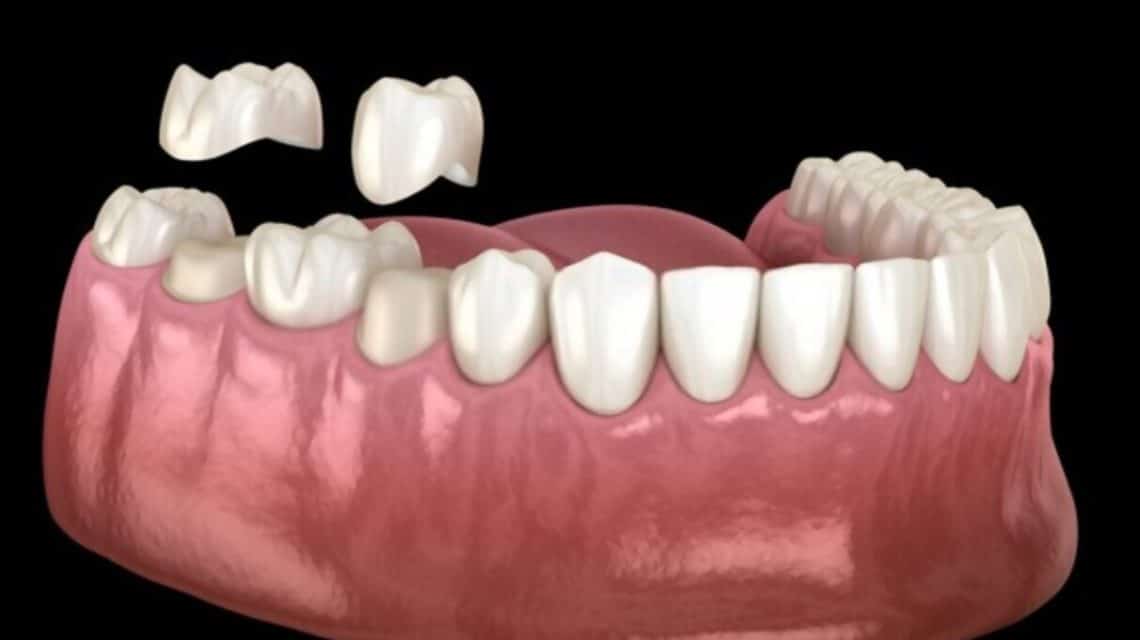If we want to look or feel good about ourselves, having a healthy smile is an integral part. Dental crowns have become a great way of restoring the function and appearance of our cracked, broken, or decayed teeth, whereas they also protect the remaining tooth structure. Dental crowns are a great solution for their longevity. Filling may not be sufficient for a damaged or decayed tooth, so dentists suggest dental crowns to restore the natural teeth’ shape.
When discussing modern cosmetic dentistry treatments, no oral problem is complex. The same is the case for dental crowns, as they have become an excellent resolution for broken teeth or a misaligned bite. Know more about dental crowns in this article.
Dental Crowns and Their Use in Restorative Dentistry
Dental crowns are the restorations that dentists place over the teeth to restore their health, shape, and size. These are available in different materials, but depending on the crown’s purpose and the tooth’s location, one material can be preferable. The purpose of the dental crown is to protect the decayed, damaged, or weakened tooth from further harm. The crowns can address the following health problems.
- Cracks and chips
- Stained teeth
- Effects of bruxism
- Tooth decay
Many dentists apply dental crowns after root canal therapy to restore the tooth’s structure and protect it from further infections or decay. Usually, the purpose of the dental crown is tooth replacement, and it becomes part of the dental implant and bridge.
How do Dental Crowns Really Work?
Crowns fit over the tooth of natural teeth and are placed over the cracked and damaged teeth to protect the remaining part of the natural teeth. When the crown gets cemented on top of your damaged tooth, it holds the tooth and prevents it from breaking apart. As a result, your tooth alignment, bite, and appearance will automatically improve.
Usually, the material of a dental crown is strong and resilient, and therefore, it can withstand the pressure of chewing just like natural teeth. If we look at the dental crown, it is similar to the cove of the visible part of the natural tooth. When the cosmetic dentist can cement the dental crown on top of the damaged portion of your tooth, it becomes a part of the natural tooth.
How do Dentists Install Dental Crowns?
The following are the main steps involved in installing the dental crown.
- The process begins with applying the anesthetic by the cosmetic dentist to the tooth and the adjourning tissue. The dental drill removes the cracked and damaged part of the tooth.
- The dentist uses a digital scanner to give an impression of the damaged tooth in the first appointment. It takes some time to make the dental crown, so the dentist installs a temporary one during this time.
- After the arrival of the crown, the dentist removes the temporary crown and installs a new one in its place. The dentist uses special cement to fix the dental crown with the natural tooth to finish the process. After having a dental crown, you will not feel anything on your tooth, as it becomes part of the tooth, and this way, you will have a great smile.
Are you considering getting a Dental Crown in Chatswood, NSW, Australia?
There are many benefits of tooth restoration procedures, and dental crowns are a versatile and valuable treatment option. Simply Dental Chatswood is proud to offer top-quality patient care through its latest technology. We are devoted to our patients, meaning our dental crowns will restore your smile with confidence.
If you want to know whether dental crowns are the best option for you or not, call us or request an online appointment.


